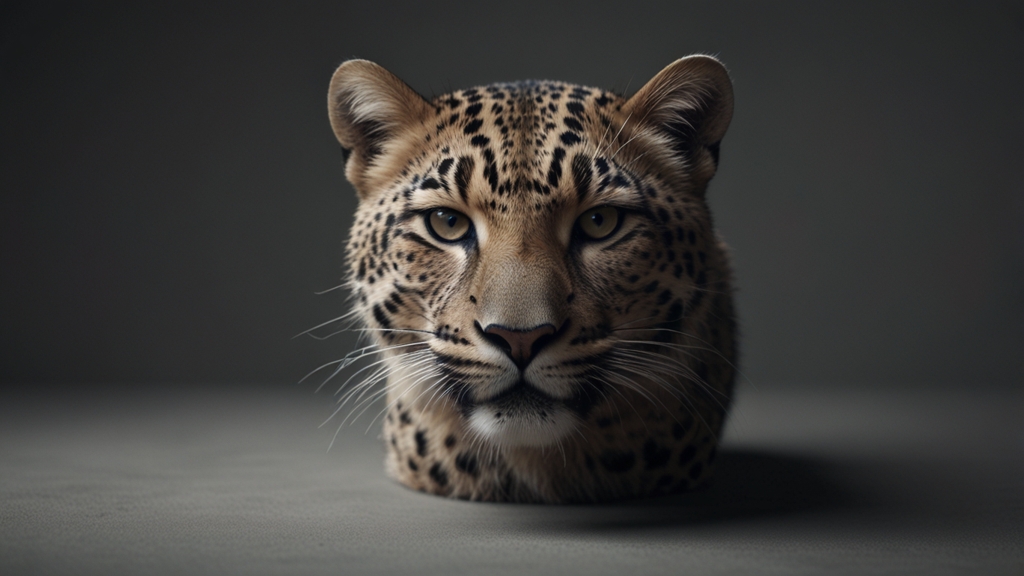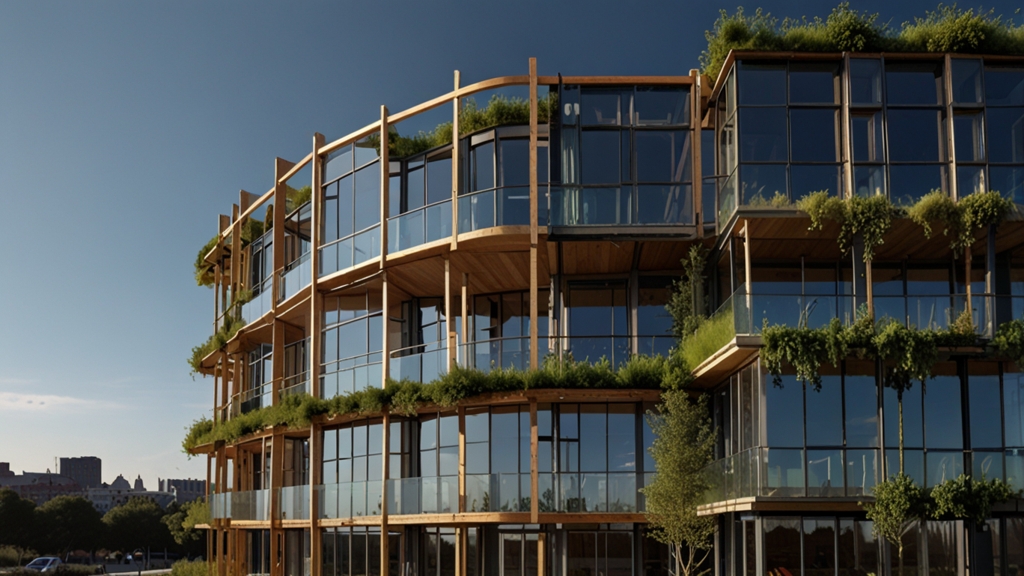The Allure of Minimalism: How to Use CSS Effectively
Minimalism is more than just a design trend; it’s a philosophy that champions simplicity and clarity. In a world cluttered with information, a minimalist approach to web design offers a refreshing and impactful alternative. CSS (Cascading Style Sheets) is a powerful tool to manifest this philosophy effectively. Here's how to use CSS to create minimalist web designs that are both aesthetically pleasing and functionally robust.
Understanding Minimalism in Web Design
At its core, minimalism in web design involves stripping down to the essentials, focusing on clean lines, ample white space, and subtle color palettes. The idea is to eliminate unnecessary elements that could distract or confuse the user. This approach not only enhances the user experience but also improves site performance due to faster loading times.
"Simplicity is the ultimate sophistication." - Leonardo da Vinci
Principles of Minimalist CSS Design
Successful minimalist web design is achieved through the thoughtful application of several key principles. Let's dive into these foundational concepts to understand how to utilize CSS effectively:
1. Simplified Color Palette
A limited color palette helps in maintaining a clean and cohesive look. Stick to two or three colors that harmonize well together. Use CSS to define your primary, secondary, and accent colors.
:root {
--primary-color: #333;
--secondary-color: #fff;
--accent-color: #007bff;
}
body {
color: var(--primary-color);
background-color: var(--secondary-color);
}
a {
color: var(--accent-color);
}
2. Generous White Space
White space, or negative space, is a crucial element in minimalist design. It helps to give the content room to breathe. Use CSS padding and margin properties to create ample spacing around your elements.
body {
margin: 0;
padding: 20px;
}
.container {
padding: 40px;
margin-bottom: 20px;
}
3. Simple Typography
Fonts play a significant role in the user experience. Use clean, readable typefaces with minimalistic styles. CSS allows you to set the font-family, size, and weight to achieve a polished look.
body {
font-family: 'Helvetica Neue', Arial, sans-serif;
font-size: 16px;
line-height: 1.5;
}
h1, h2, h3 {
margin-top: 0;
font-weight: 400;
}
4. Easy Navigation
Navigation should be intuitive and straightforward. Avoid complex menus and keep links to a minimum.
nav {
background-color: var(--primary-color);
padding: 10px 20px;
}
nav a {
color: var(--secondary-color);
text-decoration: none;
margin: 0 10px;
}
The Impact of Responsive Design
In today’s multi-device world, your minimalist design must be responsive. CSS media queries help ensure that your design looks great on any screen size.
@media (max-width: 600px) {
body {
padding: 10px;
}
.container {
padding: 20px;
}
nav {
padding: 5px 10px;
}
nav a {
margin: 0 5px;
}
}
"Less is more." - Ludwig Mies van der Rohe
Minimalism in Action: Real-World Applications
Websites like Google and Apple showcase the power of minimalist design. By focusing on the essentials and utilizing whitespace effectively, they provide users with a seamless and enjoyable experience. Their use of CSS is masterful—clean, efficient, and powerful.
Conclusion
The allure of minimalism lies in its ability to communicate more with less. By using CSS effectively, web designers can create sites that are not only beautiful but also extremely functional. Remember to simplify your color palette, embrace white space, use simple typography, and ensure easy navigation. A responsive design will make sure your minimalist site looks great on any device. As you strive for minimalism, always keep in mind the famous adage: "less is more."







